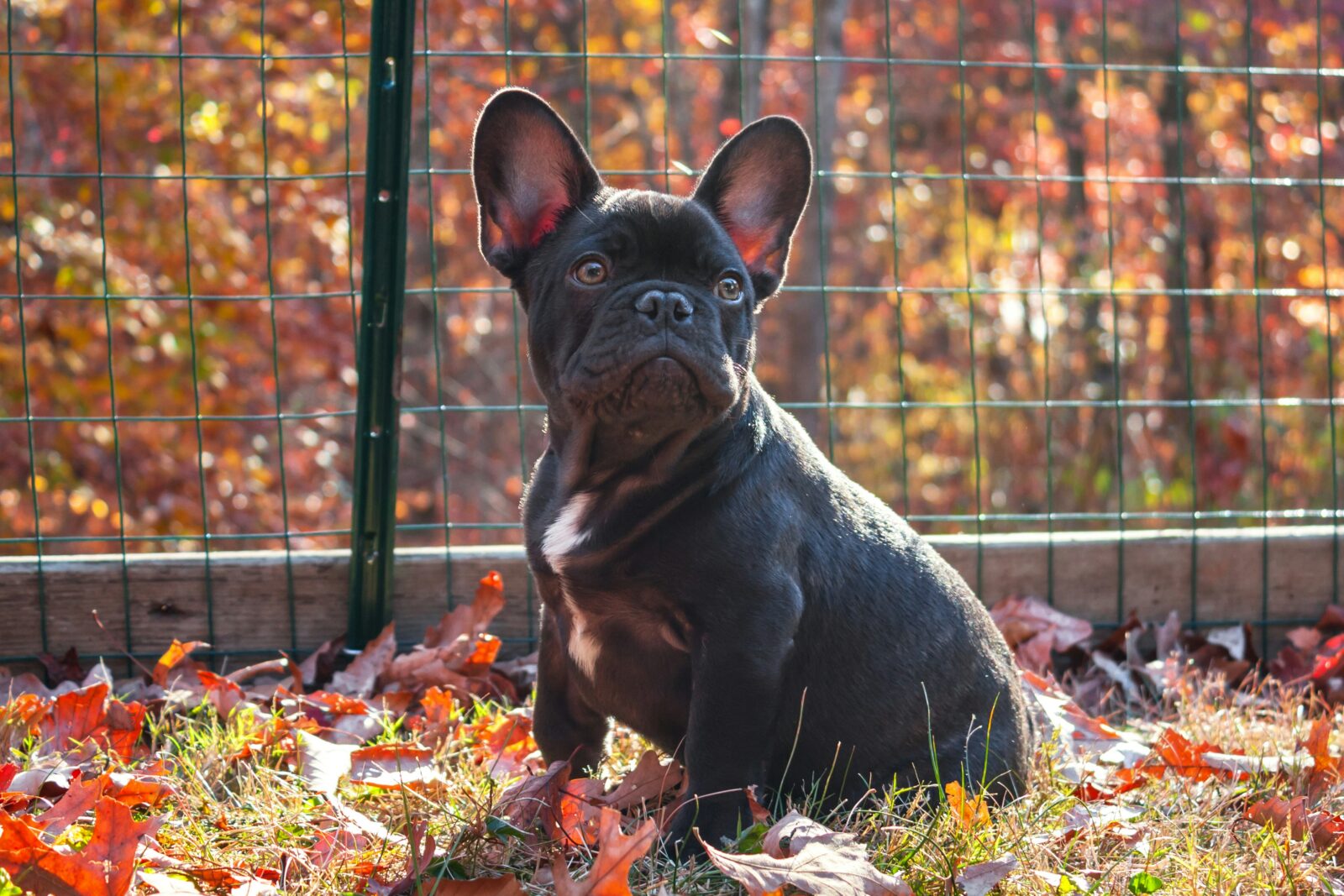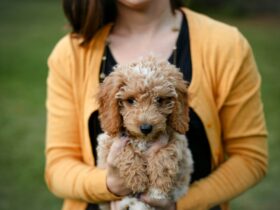Potty training a dog is one of the first and most important tasks for new pet owners. It lays the foundation for a well-behaved and comfortable living environment. Successful potty training involves consistency, patience, and understanding of your dog’s needs. Here’s a detailed guide on the must-dos for effective potty training to help you and your dog navigate this crucial stage.
1. Establish a Consistent Routine
A consistent routine is essential for successful potty training. Dogs thrive on predictability and routine, which helps them understand when and where they should relieve themselves.
1.1 Set Regular Potty Breaks
- Frequent Outdoor Trips: Puppies and older dogs alike need regular potty breaks. For puppies, this might be every 2-3 hours, while adult dogs may need breaks 4-6 times a day.
- Post-Eating and Drinking: Take your dog outside immediately after they eat or drink. Digestion stimulates the need to relieve themselves.
1.2 Create a Schedule
- Regular Feeding Times: Feed your dog at the same times every day to regulate their digestion and potty schedule.
- Designated Potty Times: Schedule regular potty breaks throughout the day, including first thing in the morning, after naps, and before bedtime.
2. Choose the Right Potty Spot
Selecting an appropriate potty spot and training your dog to use it consistently is key to successful potty training.
2.1 Designate a Specific Area
- Consistent Location: Choose a specific outdoor spot for potty breaks and always take your dog to this area. The consistent scent will help them associate the spot with relieving themselves.
- Use Command Words: Use a specific phrase or command, such as “Go potty,” when you take your dog to the designated spot. This helps them associate the command with the action.
2.2 Encourage Positive Reinforcement
- Reward Immediately: Praise and reward your dog with treats immediately after they relieve themselves in the designated spot. This reinforces the behavior and encourages them to repeat it.
- Avoid Punishment: Never punish your dog for accidents. Punishment can create fear and confusion, which can hinder the training process.
3. Supervise and Confine
Proper supervision and confinement help prevent accidents and encourage your dog to hold their bladder until they are outside.
3.1 Monitor Your Dog’s Behavior
- Watch for Signs: Learn to recognize signs that your dog needs to go outside, such as sniffing, circling, or whining.
- Immediate Action: When you see these signs, take your dog outside right away to prevent accidents inside the house.
3.2 Use Confinement Wisely
- Crate Training: Use a crate to confine your dog when you are not able to supervise them. A crate should be large enough for your dog to stand up, turn around, and lie down, but not so large that they have space to use one end as a bathroom.
- Safe Space: Create a safe, comfortable space for your dog when you can’t be around. This helps them learn to hold their bladder and reduces the chance of accidents.
4. Handle Accidents Calmly
Accidents are a normal part of the potty training process. How you handle them can impact your dog’s learning and confidence.
4.1 Clean Accidents Thoroughly
- Use Enzyme Cleaners: Clean accidents thoroughly with an enzyme-based cleaner to remove all traces of odor. This prevents your dog from being attracted to the same spot in the future.
- Avoid Ammonia-Based Cleaners: Avoid cleaners with ammonia, as they can mimic the smell of urine and encourage your dog to mark or relieve themselves in the same area.
4.2 Stay Calm and Patient
- Avoid Scolding: Do not scold your dog for accidents. Instead, focus on positive reinforcement for successful potty breaks.
- Redirect Behavior: If you catch your dog in the act of having an accident, calmly interrupt them and take them outside to the designated potty spot.
5. Reinforce Good Behavior
Positive reinforcement is crucial for encouraging the desired behavior and helping your dog learn effectively.
5.1 Use High-Value Rewards
- Treats and Praise: Use high-value treats and enthusiastic praise to reward your dog for relieving themselves in the right spot. This reinforces the connection between good behavior and rewards.
- Consistency is Key: Be consistent with your rewards. Always reward your dog immediately after they potty in the designated area.
5.2 Maintain a Positive Attitude
- Encouragement: Keep training sessions upbeat and positive. Your attitude will influence your dog’s enthusiasm and willingness to learn.
- Celebrate Success: Celebrate each successful potty break to keep your dog motivated and engaged in the training process.
6. Adjust Training Techniques as Needed
Different dogs may require different approaches based on their age, breed, and temperament.
6.1 Tailor Training to Your Dog
- Puppies: Young puppies have smaller bladders and less control, so they will need more frequent potty breaks and closer supervision.
- Adult Dogs: Adult dogs may take longer to adjust to a new routine or environment. Be patient and adjust the schedule as needed.
6.2 Consult a Professional
- Behavioral Issues: If you encounter persistent potty training issues, consider consulting a professional dog trainer or behaviorist for personalized guidance.
- Medical Concerns: If your dog is consistently having accidents despite proper training, consult your veterinarian to rule out any underlying medical conditions.
7. Use Technology to Your Advantage
Modern technology can assist in potty training by providing reminders and tracking your dog’s routine.
7.1 Potty Training Apps
- Track Progress: Use potty training apps to track your dog’s potty breaks and progress. These apps can help you maintain a consistent schedule and identify patterns.
- Set Reminders: Set reminders for potty breaks to ensure you don’t miss scheduled times and maintain consistency in training.
7.2 Automated Feeders
- Meal Timing: Use automated feeders to maintain regular feeding times. Consistent feeding schedules can help regulate your dog’s potty routine.
- Monitor Consumption: Track how much your dog is eating and drinking to predict their potty needs more accurately.
Conclusion
Potty training is a crucial part of integrating a dog into your home and requires a combination of consistency, patience, and positive reinforcement. By establishing a consistent routine, choosing the right potty spot, supervising and confining your dog, handling accidents calmly, and reinforcing good behavior, you set the stage for successful potty training.
Adjust your techniques based on your dog’s needs, and utilize technology to support your efforts. Remember that each dog learns at their own pace, so be patient and persistent. With the right approach, you’ll help your dog become well-trained and comfortable with their new routine, making for a happier and healthier living environment for both you and your furry friend.











Leave a Reply